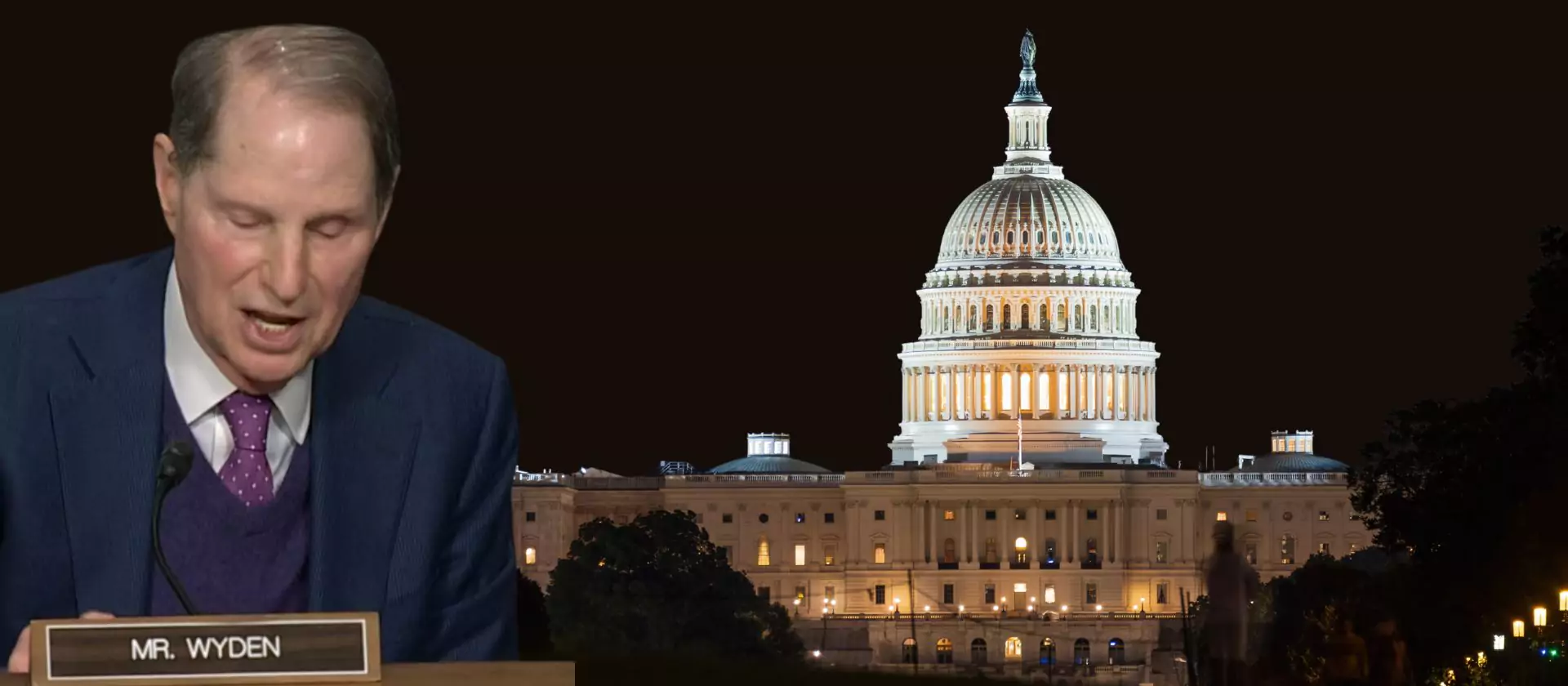News Release
Recent dramatic reductions in welfare caseloads should not be equated with a reduction in the number of poor Oregonians, according to a new study released today by the Silverton, Oregon-based Oregon Center for Public Policy. Two years after the passage of federal welfare reform, Oregon’s welfare rolls are lower than they were in 1969 but the number of poor Oregonians is likely one-third higher than in 1969.
“The Oregon economy and welfare policies have failed to move Oregonians out of poverty as effectively as they have reduced the welfare caseloads,” stated Charles Sheketoff, Executive Director of the Oregon Center for Public Policy.
“The Oregon Department of Human Resources regularly showcases the tremendous decline in Oregon’s welfare caseload and implies that it is winning the war on poverty and that welfare reform is a success,” said Sheketoff. “But an analysis of the numbers shows that Oregon is helping a smaller percentage of the poor. While Oregon’s welfare recipiency rate per poor person was similar to the nation’s in 1969 and 1979, it has fallen significantly relative to the U.S. average,” noted Sheketoff.
These claims were made as the Center for Public Policy released a report commissioned from ECONorthwest, an economic consulting firm.
“Those concerned with the well-being of poor Oregonians have long known that caseload reduction is not the issue,” said Sheketoff. “The study shows quite clearly that the state’s focus on caseload reduction is misplaced. Instead, welfare officials should be focusing on reducing poverty and placing families in better jobs,” said Sheketoff.
The findings of the study are not surprising to those who work in food banks. Food banks, like other social service agencies who provide assistance to the poor, have not seen a reduction in demand for their services.
“The heightened demand for emergency food since passage of federal welfare reform created a huge doubt that the plunge in the welfare caseload bore a direct relationship to the number of poor families in Oregon,” states Jerry Tippens, chairman of the board of Oregon Food Bank.
“Findings by the Oregon Center for Public Policy offer persuasive evidence that the poor indeed are being papered over by rolls of statistics. It is time to refocus, not on caseloads, but on real families without adequate food, shelter, health care, transportation and child care. The meager incomes of the working poor will not cover the most basic standard of living,” added Tippens.
David “Rocky” Johnson, PhD, Executive Director of Community Action Team, a community action agency serving Clatsop, Columbia and Tillamook counties, summed up the findings when he said: “getting a job no longer means getting out of poverty. We need to work with the State to translate welfare reform into poverty reduction.”
“While work has always been more profitable than receipt of public assistance, just because someone is working doesn’t mean they are not poor,” noted Sheketoff. The 1998 Federal Poverty Level for a single-parent, two child family is $13,650 per year, or $1,138 per month. If the parent leaves welfare for a full-time job at $6 an hour, Oregon’s current minimum wage, gross earnings will provide only 91 percent of the poverty level. Federally-funded Food Stamps and the federal Earned Income Tax Credit lift the working family out of poverty each month and off-set their child care costs and state income taxes. At $10 and $12 per hour jobs, however, a three-person family’s spendable income is less than poverty, due to a phase-out in the state’s subsidy for child care, a phase-out of the Earned Income Tax Credit, and the loss of Food Stamp benefits.
“Oregon’s cash assistance caseload has declined much faster than the Food Stamp caseload. Many families who left cash assistance — or avoided enrolling — failed to secure incomes sufficiently high to move them out of poverty and off the Food Stamp program,” added Sheketoff, who noted that about one-quarter of welfare recipients who leave welfare for work only obtain part-time employment. And he cited the recently released study by the Manpower Demonstration Research Corporation for the U.S. Department of Health and Human Services of the welfare program in Portland that showed that over 79 percent of the welfare recipients were still below poverty two years after leaving the public assistance rolls.
The Oregon Center for Public Policy’s study suggests that the number of poor households with children has risen through the 1990s. “Just two weeks ago at the first gubernatorial debate, Governor Kitzhaber noted that despite Oregon’s strong economy we have more poor children today than we did 10 years ago,” said Sheketoff. “It is time for the Department of Human Resources to focus on the issue of poverty, not caseloads.”
In December, 1997, Health and Human Services Secretary Donna Shalala was quoted in the New York Times stating “The whole point of this [welfare reform] is to eliminate poverty in the United States, not just get people off welfare.” Sheketoff stated that Oregon’s Department of Human Resources officials “also need to recognize that caseload reduction is not a sign of whether welfare reform has been a success. The issue is poverty, pure and simple.”
The study was prepared for the Oregon Center for Public Policy by John Tapogna, a research economist with ECONorthwest. Tapogna has provided economic, budgetary and analytic support to national, state and local level governments in the United States and overseas. He was a welfare analyst at the U.S. Congressional Budget Office where he forecasted the nation’s welfare spending and estimated the cost of key Congressional legislation. Most recently, Tapogna was the budget advisor for the municipality of Nogales, Chile while in the Peace Corps.
The study, “Comparing Recent Declines in Oregon’s Cash Assistance Caseload With Trends In The Poverty Population,” is available from the Oregon Center for Public Policy ($5.00 shipping and handling, except to the media). The Oregon Center for Public Policy is a Silverton-based, nonpartisan research group that analyzes budget and tax issues and government programs, and their impacts on low to moderate income Oregonians.








